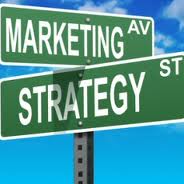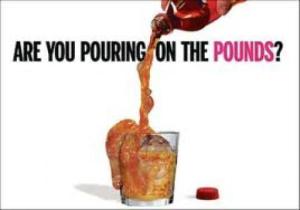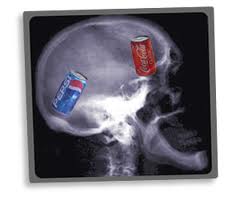Tengo que confesarlo. Soy un gran fan de los nuevos anuncios en que no se me vende ningún producto. De aquellos anuncios que me hacen sonreír y pensar que, en algún lugar, algún genio ideo esos dos minutos para que gente como yo, sin conocimiento de marketing o publicidad de ningún tipo, pudiésemos disfrutar de un anuncio diferentes y además, de manera subliminal, vendernos una marca o producto.
Así es, hoy voy a hablar de lo que algunos expertos califican de publicidad institucional.
La publicidad institucional es aquella parte del marketing diseñada para promocionar una empresa en lugar de un determinado bien o servicio. Puede ser diseñada para hacer que el público tome conciencia de una empresa o para mejorar la reputación y la imagen de una empresa ya existente.
Un ejemplo de este tipo de campañas, y que está teniendo bastante viralidad en la red estos días, es el nuevo anuncio de Coca cola y sus magic pills (http://www.youtube.com/watch?v=6DB_nstSfbw)
Como os decía, a mi este tipo de publicidad me parece original, diferente, y con un mensaje subliminal hacia la marca muy decente. Sin embargo, cuando lo intento enfocar desde un punto de vista empresarial, si queréis incluso económico, algunas preguntas me asaltan:
– ¿Porque este tipo de empresas realizan este tipo de publicidad?
– ¿Qué tipo de beneficio directo les aporta? Y más si ya tienen sus publicidad y sus campañas trimestrales
– ¿Existe algún indicador que nos indique el efecto de estas campañas en ventas, fidelización o acercamiento a nuevos consumidores?
La razón detrás de muchas de estas campañas es principalmente lo que en marketing se llama “Brand awareness” o conocimiento de marca. Este tipo de campañas están normalmente dirigidas a que el público conozca una nueva empresa o marca que está siendo lanzada al mercado. Si bien, en el ejemplo de Coca cola, creo que estaremos todos de acuerdo en que esta empresa no necesita, para nada, darse a conocer más aún.
Entonces, porque? Muchos de los expertos coinciden que este tipo de campañas publicitarias son para posicionar a la marca delante posibles amenazas provenientes del entorno social.
Creo que este ejemplo lo simboliza muy bien: La sociedad está cada vez más preocupada por la obesidad y el sedentarismo de su población. La Coca cola como producto, que tan instaurada está en nuestra sociedad, ha sido varias veces señalada como bebida que ayuda o induce a grados de obesidad mayores que otro tipo de bebidas. En consecuencia, se crea un anuncio en el que, si bien no se menciona en ningún momento esta posible consecuencia de la bebida, se promueve la acción contra el sedentarismo y se posiciona a la marca como compañía con esa conciencia social.
Entender esto nos lleva quizá a responder a la siguiente pregunta ya que no existe un beneficio de forma directa para una campaña de este tipo y aún menos, un indicador que pueda definir el impacto de esta campaña, pues no estamos enfocando la publicidad a un producto ni a una promoción en concreto.
En conclusión, y según mi humilde opinión, estas campañas no pertenecen a la implementación del plan anual táctico de las empresas, ya que no se busca un beneficio directo con ellas. Estas campañas pertenecen a la parte más estratégica de la empresa. Estas acciones son las que llamamos de contingencia, ya que una vez se han definido las amenazas futuras de la empresa, es el momento de implementar acciones que nos posicionen y nos fortalezcan en aquellos puntos donde hay mayores gaps.
No quería acabar sin antes, preguntaros…
¿Qué pasaría si este tipo de publicidad, más inclinada al marketing de guerrilla, no fuese promocionada por una empresa ni llevase como objetivo el conocimiento y/o fortalecimiento de una marca?
¿Qué pasaría si, el único objetivo de esta fuera… no sé, la felicidad de las personas, o el bien social?
Os dejo un link de unas personas que así lo creyeron:
(The fun theory: http://www.youtube.com/watch?v=2lXh2n0aPyw)
L’emigrant




